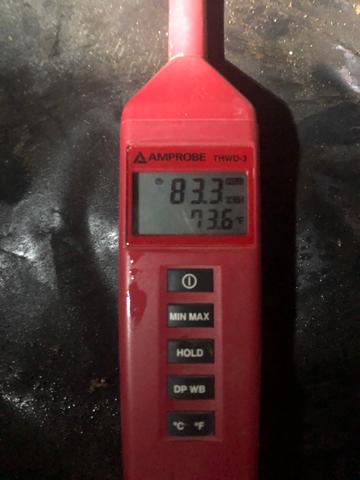
What Is Relative Humidity & How Is It Measured?
Relative Humidity means how full of water the air is relative to the maximum amount of water it can hold at a given temperature. When RH is at 100%, the air can not hold any more water and must give up its moisture. This simply means that it will either rain or it will come out on surfaces as condensation.
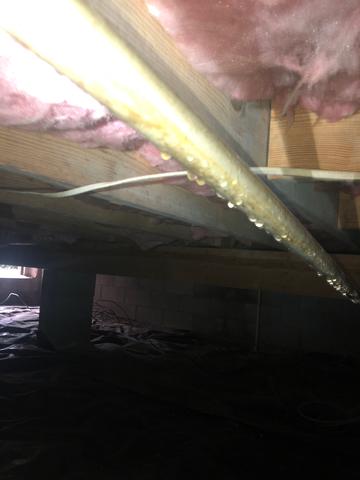
Condensation in Crawl Space
When warm humid air enters a crawl space, if the crawl space air was colder than the crawl space surfaces, it would rain in the crawl space. But that is never the case. The source of the cold is the earth and the source of the warmth is the air coming in from the vents, so the surfaces in your crawl space are always colder than the air in a crawl space.

Condensation = Wet Crawl Space
So on a summer day, we get condensation, which means our crawl space walls get wet. Our air ducts get wet, especially if we have the air conditioning on because the ducts are cold. Our cold water pipes get wet. And as you can see here, the porous concrete gets wet.
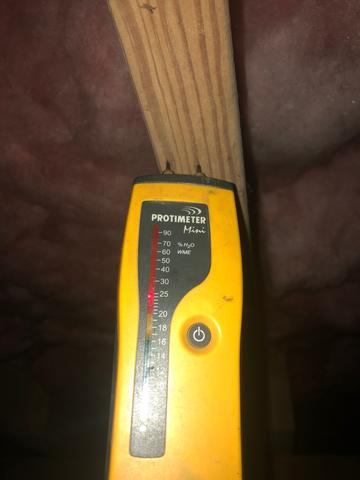
Wood In a Damp Environment Will Become Damp Itself
There is a direct correlation between relative humidity and wood moisture content. Wood in a damp environment will become damp itself - damp wood rots and mold grows on it.

Mold Party in Your Crawl Space in Owensboro, KY
Our floor joists, girders, sill plates and insulation get wet with condensation. As the insulation gets wet, it gets heavy and falls to the crawl space floor. All these wet surfaces in a crawl space will eventually have to dry to somewhere. They dry into the crawl space air over the next weeks and months - and meanwhile, mold and wood-destroying fungi are having a party, eating your house.
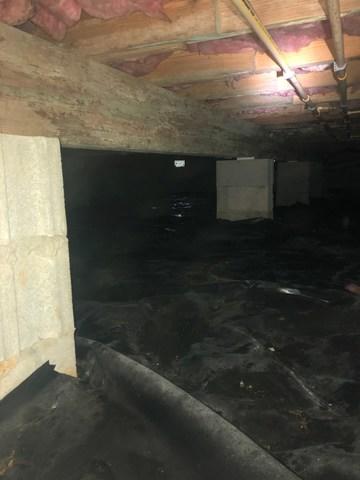
Mold Loves Insulation
Fiberglass floor insulation and moisture: a very bad combination!
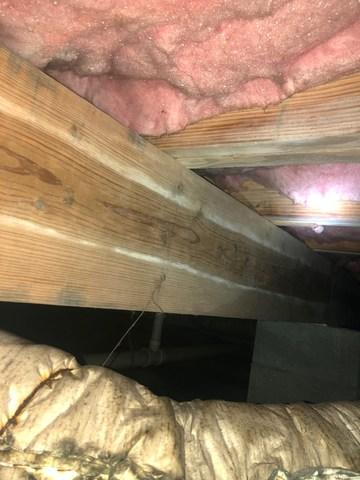
Damp Insulation Lose A Lot of Its Insulation Value
Mold grows on insulation because it has some organic material in the resin used to set the fibers. When fiberglass insulation is just a little damp, it loses a whole LOT of its insulation value.
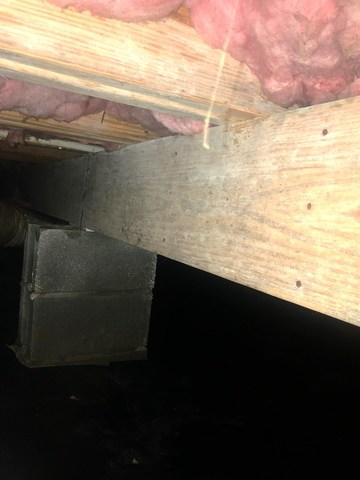
Mold on Subfloor Joists in Owensboro Crawl Space
The next stop on our crawl space mold tour is the wooden subfloor joists. These joists are often the first place that you see mold growth because of the air from outside is being drawn up through the rest of the house due to air pressure.
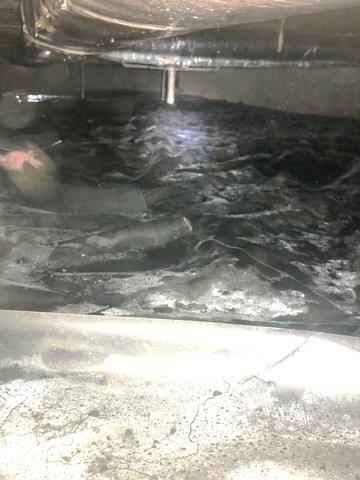
Water And Mold Growth On Old Vapor Barrier
This home had a 6 mil polyethylene ground cover. But, because it had holes in it and it wasn't sealed at the perimeter up the walls. For a vapor barrier to be effective in the long term, it must be durable. In this picture, you can see where water is sitting on top of the barrier and will allow mold growth.
